
Advertising & Brands
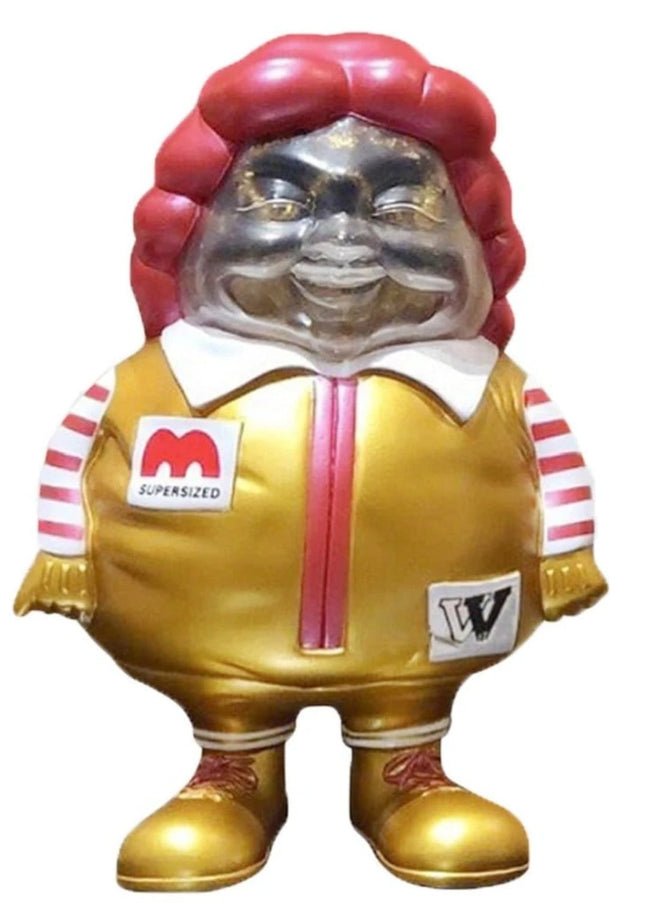
Ron English MC Supersized Gold Glitter Skull Logo Art Toy by Ron English
MC Supersized Gold Glitter Skull- Logo Limited Edition Vinyl Art Toy Collectible Artwork by street graffiti Ron Ron English x Toy Tokyo x Secret Base. 2021 MC Supersized Gold Glitter Skull by Toy Tokyo x Secret Base - W Logo. Made in Japan Sofubifeaturing a sparkly gold glitter design with a translucent face and inner gold glitter skull. There are two variants of the edition, regular and one with the ‘W’ logo of Secretbase’s new Osaka store on the lower pocket. Brand New in Unopened Packaging
$438.00
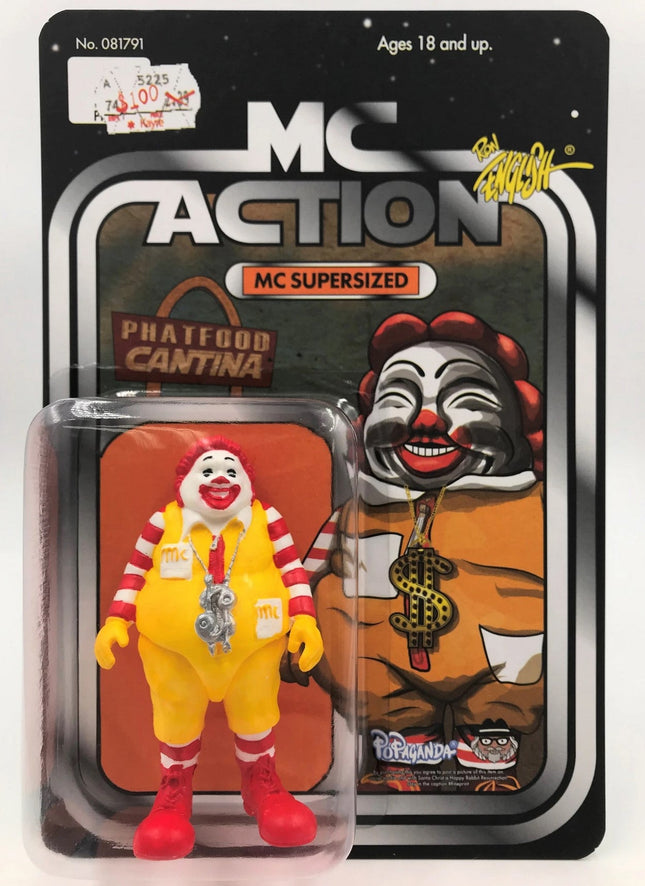
Ron English MC Action MC Supersized Figure Art Toy by Ron English
MC Action MC Supersized Limited Edition Resin Art Toy Collectible Artwork by street graffiti artist Ron English. Hand cast and painted 3.75" scale carded resin figure. Signed and numbered edition of 100.
$221.00
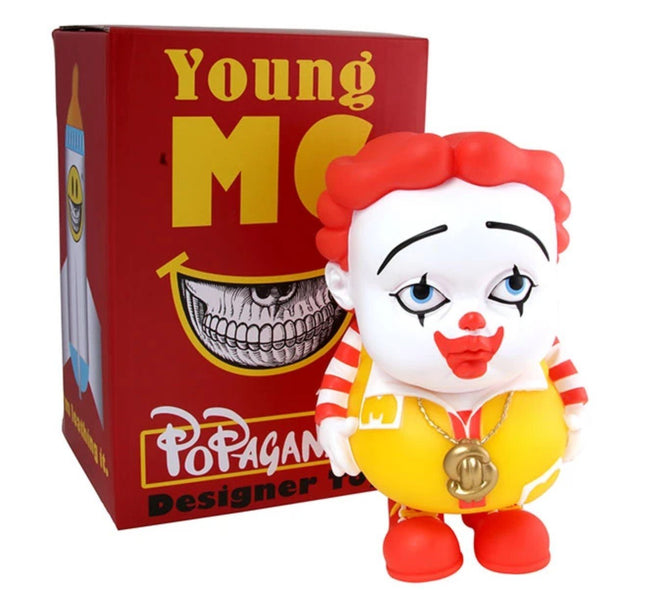
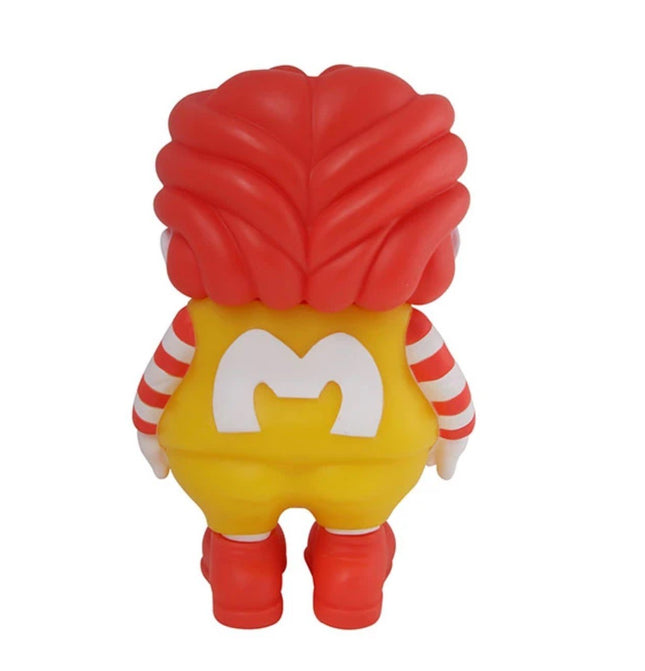
Ron English Young MC Art Toy by Ron English
Young MC Limited Edition Vinyl Art Toy Collectible Artwork by street graffiti artist Ron English. Before there was MC Supersized, there was Young MC. Ron English’s iconic character has been captured in the prime of his youth in the form of a 7 inch vinyl figure with a box design by Ron English. The latest in Ron's ongoing POPaganda concept.
$221.00
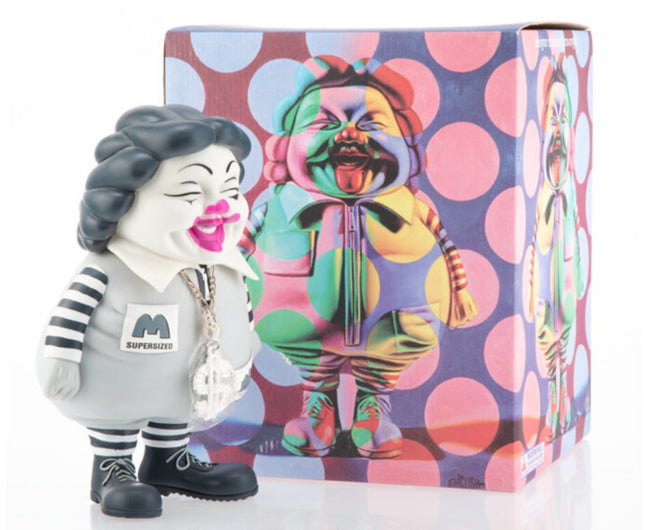
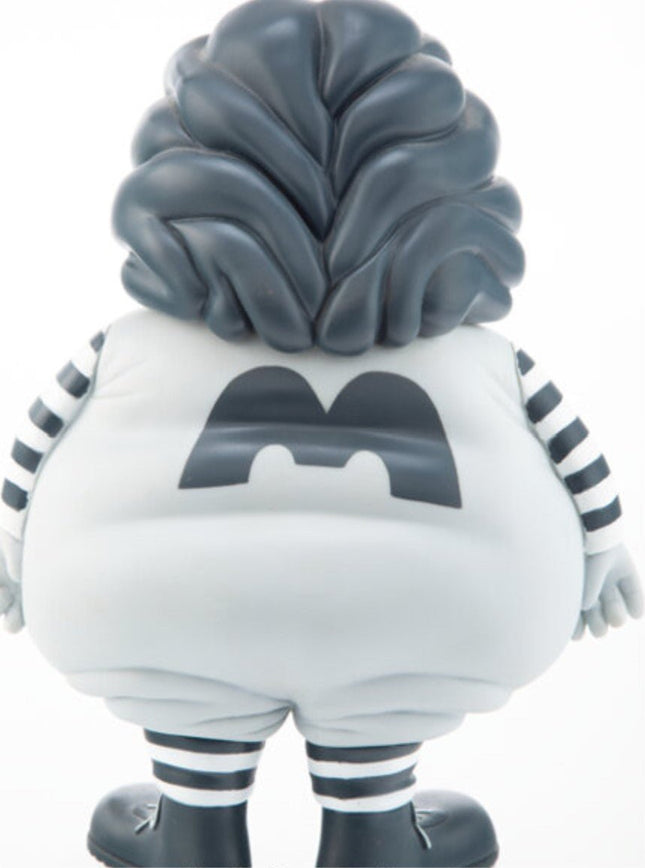
Ron English The Showroom NYC MC Supersized Mono Grey Art Toy by Ron English
The Showroom NYC MC Supersized- Mono Grey Grin Limited Edition Vinyl Art Toy McSupersized Collectible Artwork by street graffiti artist Ron English. Ron English X The Showroom NYC MC Supersized (Mono Grey), 2004 Painted cast vinyl 9-1/2 x 8 inches (24.1 x 20.3 cm) Edition of 100 Produced by The Showroom NYC, New York "From Ron's website, "MC Supersized was English's hijacking of a popular fast food restaurant's mascot. Since then, MC Supersized has become one of Ron's most iconic images, having been featured in his paintings, posted on billboards, and used in the hit documentary Supersize Me." The Showroom NYC was Toy Tokyo's gallery space. They were the first to release Ron's iconic character in three-dimensional form. Three of the four colorways are being offered at Heritage for the first time. This character has been in production from over a dozen companies in every conceivable size and material since 2004 but these are the most significant limited editions of this character. If you are looking for the Mickey Mantle rookie card of one of the most significant artists of our time, this is it." -Dov Kelemer
$572.00
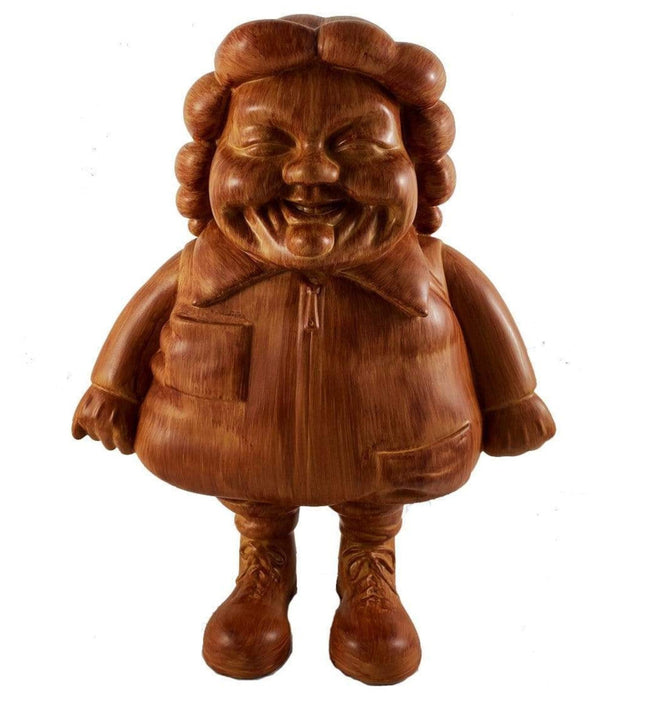

Ron English MC Supersized Wood 2021 Designer Con Art Toy by Ron English
MC Supersized- Wood 2021 Designer Con Limited Edition Vinyl Art Toy Collectible Artwork by street graffiti Ron Ron English X SFBI MC Super Sized Wood Version This was a convention exclusive at this years Designer Con. If you were not able to attend this is your chance to try and pick this variant up and put into your collection. Stands 8" Tall
$489.00
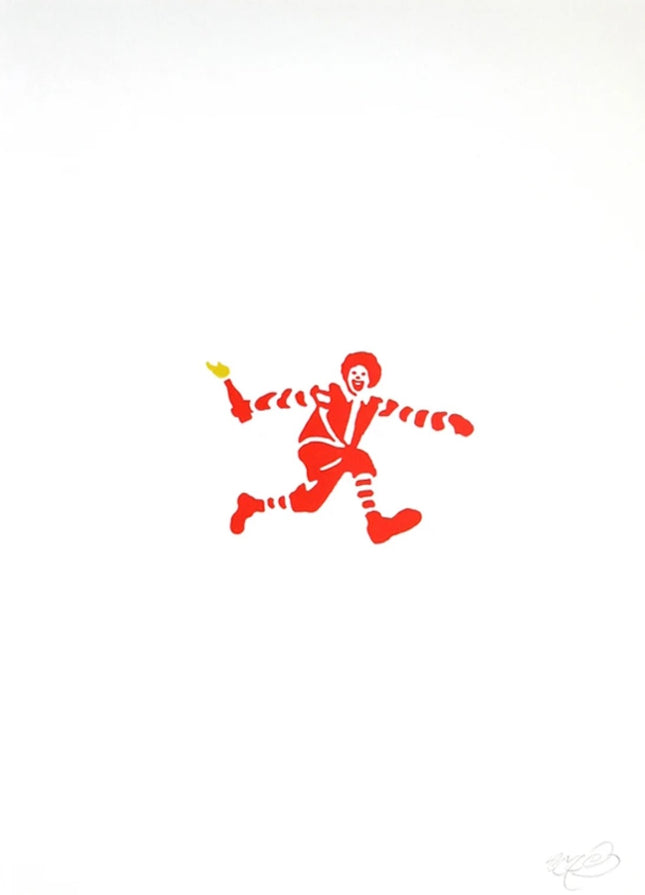
SSUR- Ruslan Karablin Instigator Silkscreen Print by SSUR- Ruslan Karablin
Instigator 2-Color Hand-Pulled Limited Edition Silkscreen Print on Fine Art Paper by SSUR- Ruslan Karablin Rare Street Art Famous Pop Artwork Artist. Silkscreened print limited to 50 pieces. Signed and numbered with embossed logo on the bottom corner.
$364.00
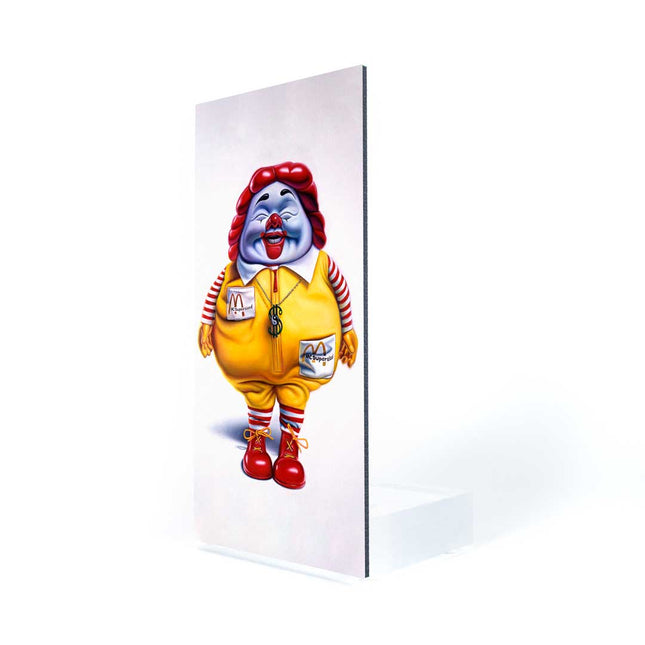
Ron English McSupersized Welcome Wall Archival Print by Ron English
McSupersized- Welcome Wall Archival Pigment Print on Metal with Etched Acrylic Base Sculpture Artwork by graffiti street artist modern pop legend artist Ron English. Ron English is widely considered a seminal figure in the advancement of street art away from traditional wild-style lettering into clever statement and masterful trompe l’oeil based art. He has created illegal murals and billboards that blend stunning visuals with biting political, consumerist and surrealist statements, hijacking public space worldwide for the sake of art since the 1980s.
$406.00
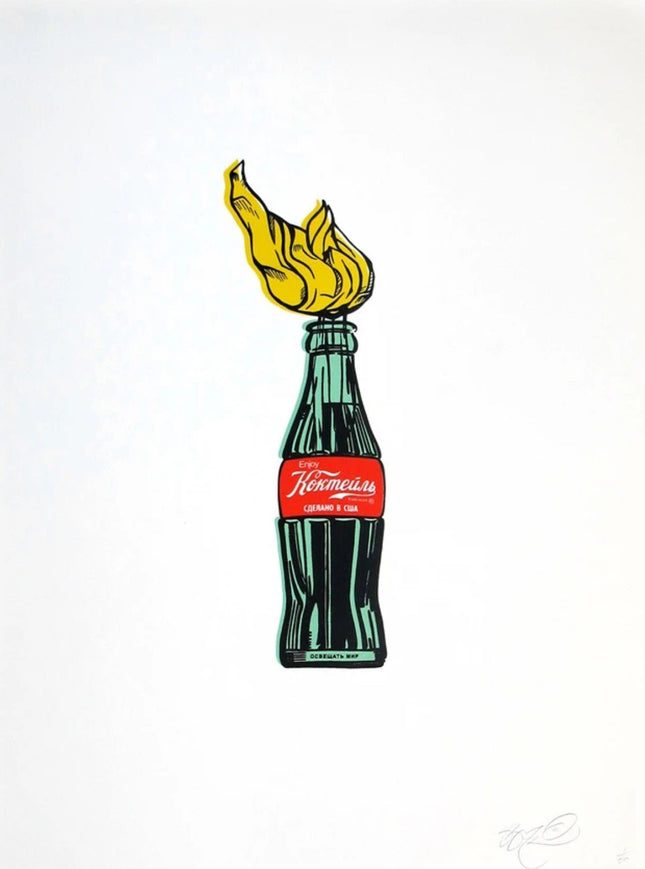
SSUR- Ruslan Karablin Molotov Silkscreen Print by SSUR- Ruslan Karablin
Molotov 4-Color Hand-Pulled Limited Edition Silkscreen Print on Fine Art Paper by SSUR- Ruslan Karablin Rare Street Art Famous Pop Artwork Artist. Silkscreened print limited to 50 pieces. Signed and numbered with embossed logo on the bottom corner.
$364.00
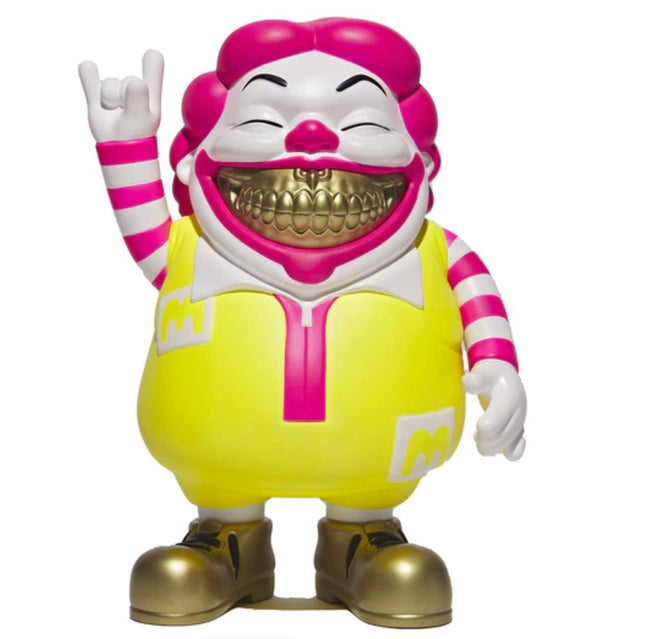
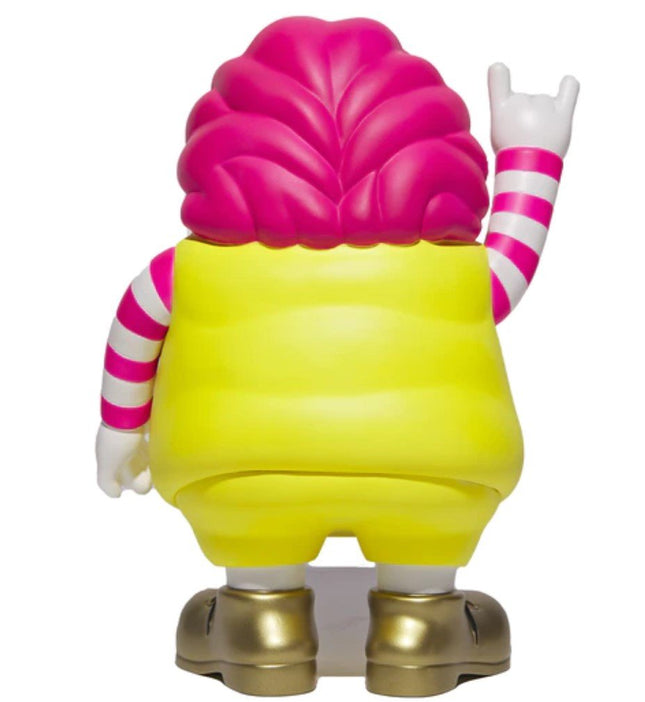
Ron English Neon MC Supersized Grin Art Toy by Ron English
Neon MC Supersized Grin Limited Edition Vinyl Art Toy Collectible Artwork by street graffiti artist Ron English. Neon MC Supersized Grin' by Ron English, 2020 Collab. with toymaker Made by Monsters. 10 x 7" x 5" Inches Collectible soft vinyl art figure. Limited Edition NTWRK Exclusive colorway.
$406.00














